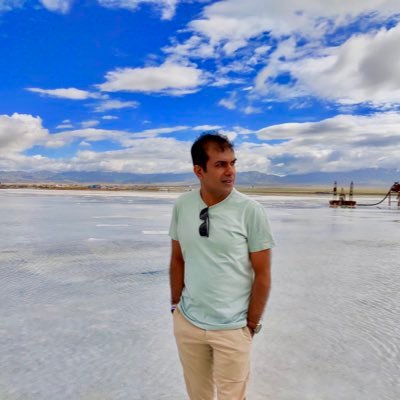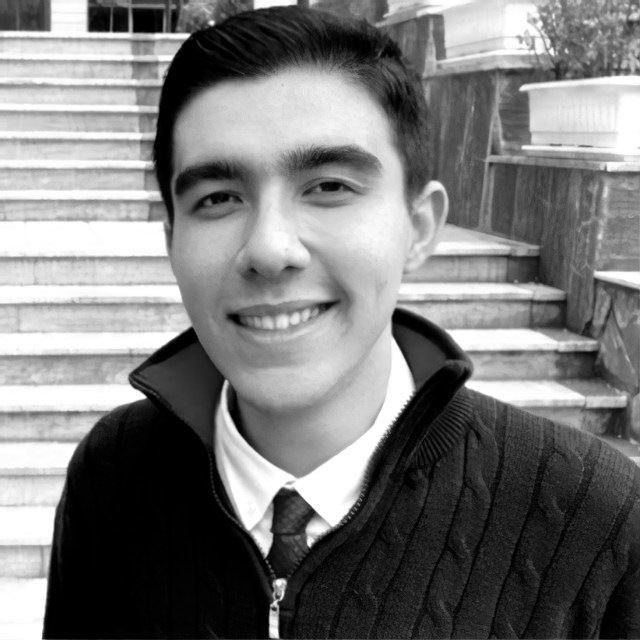- Submissions
Article
Hartree-Fock Methods Analysis Protonated Rhodochrosite Crystal and Potential in the Elimination of Cancer Cells through Synchrotron Radiation Using Modern Biospectroscopic Methods and TechniquesAlireza Heidari* , Ricardo Gobato, Marcia Regina Risso Gobato, Abhijit Mitra
Details
Author
Alireza Heidari*
ISSN
2737-4033
Abstract
The rhodochrosite (MnCO3) shows complete solid solution with siderite (FeCO3), and it may contain substantial amounts of Zn, Mg, Co, and Ca. The electric charge that accumulates in certain solid materials, such as crystals, certain ceramics, and biological matter such as bone, DNA and various proteins in response to applied mechanical stress, phenomenon called piezoelectricity. There is no precedent in the literature on the treatment of tumor tissues by eliminating these affected tissues, using rhodochrosite crystals in tissue absorption and eliminating cancerous tissues by synchrotron radiation. An in-depth study is necessary to verify the absorption by the tumoral and non-tumoral tissues of rhodochrosite, before and after irradiating of synchrotron radiation using Small–Angle X–Ray Scattering (SAXS), Ultra–Small Angle X–Ray Scattering (USAXS), Fluctuation X–Ray Scattering (FXS), Wide–Angle X–Ray Scattering (WAXS), Grazing–Incidence Small–Angle X–Ray Scattering (GISAXS), Grazing–Incidence Wide–Angle X–Ray Scattering (GIWAXS), Small–Angle Neutron Scattering (SANS), Grazing–Incidence Small–Angle Neutron Scattering (GISANS), X–Ray Diffraction (XRD), Powder X–Ray Diffraction (PXRD), Wide–Angle X–Ray Diffraction (WAXD), Grazing– Incidence X–Ray Diffraction (GIXD) and Energy–Dispersive X–Ray Diffraction (EDXRD). Later studies could check the advantages and disadvantages of rhodochrosite in the treatment of cancer through synchrotron radiation, such as one oscillator crystal. The studies that are found are the research papers of this team. Through an unrestricted Hartree-Fock (UHF) computational simulation, Compact effective potentials (CEP), the infrared spectrum of the protonated rhodochrosite crystal, CH19Mn6O8, and the load distribution by the unit molecule by two widely used methods, Atomic Polar Tensor (APT) and Mulliken, were studied. The rhodochrosite crystal unit cell of structure CMn6O8, where the load distribution by the molecule was verified in the UHF CEP-4G (Effective core potential (ECP) minimal basis), UHF CEP-31G (ECP split valance) and UHF CEP-121G (ECP triple-split basis). The largest load variation in the APT and Mulliken methods were obtained in the CEP-121G basis set, with δ = 2.922 e δ = 2.650 u. a., respectively, being δAPT > δMulliken. The maximum absorbance peaks in the CEP-4G, CEP-31G and CEP-121G basis set are present at the frequencies 2172.23 cm-1, with a normalized intensity of 0.65; 2231.4 cm-1 and 0.454; and 2177.24 cm-1 and 1.0, respectively. Studying the sites of rhodocrosite action may lead to a better understanding of its absorption by healthy and/or tumor tissues, thus leading to a better application of synchrotron radiation to the tumors to eliminate them.
Keywords
: Rhodochrosite, Quartz Crystal, Hartree-Fock Methods, APT, Mulliken, Effective core potential, Synchrotron Radiation, Cancer, Tumoral Tissues
Editors-in-Chief
Editors
Upcoming Conferences
Indexing/Listing
Recent Articles
Study of Stimulated Raman Biospectroscopy in Lopinavir as a Potent Drug against Coronavirus Disease–2019 (COVID–19) Infection

Dr. Alireza Heidari* Dr. Alireza Heidari*
Published on: Jun 19, 2020
Study of Nanochemistry Students' Satisfaction and Learning with Blended Education: An Action Research Study

Dr. Alireza Heidari* Dr. Alireza Heidari*
Published on: Jun 19, 2020
The Comparison of Active Cooperative and Traditional Teaching Methods in Nanochemistry Students' Satisfaction and Learning of Clinical Nanochemistry

Dr. Alireza Heidari* Dr. Alireza Heidari*
Published on: Jun 19, 2020
A Stimulated FT–IR Biospectroscopic Study of Lopinavir Protective and Therapeutic Effect as a Potent Drug on Coronavirus Disease–2019 (COVID–19) Infection
























